It’s a good thing Morrissey’s people scheduled his first Memphis show for the end of May and not a few weeks earlier, when the city was reveling in smoked pork gluttony at the World Championship Barbecue Cooking Contest.
Moz, a diehard animal rights activist and longtime vegan, has a history of refusing to play when he feels animals are being harmed or exploited. Well, frankly, he has a history of refusing to play for a lot of reasons.
Last year, he backed out of performing on Jimmy Kimmel Live! when he learned he’d be sharing the night’s billing with the stars of Duck Dynasty, whom the former Smiths frontman described as “animal serial killers.”
Also last year, he convinced the Staples Center in Los Angeles to close its McDonald’s stands and stop selling meat at its other concession booths (except in the upper concourse) for the duration of his show. He surely would have canceled that show had Staples not complied. You do what Morrissey asks you to do.
Just a couple weeks ago, he almost canceled another show because New York-based indie band We Are Scientists and Glasgow punk band PAWS were performing in an adjacent room at the Observatory in Santa Ana, California. He reportedly complained that the bands’ sound would bleed over into his show. PAWS posted on its Facebook page that Morrissey was a “rich, has-been, ego-maniac acting like a baby throwing toys from a pram.”
But unless the Orpheum starts peddling pulled pork sandwiches or schedules a band to play in the lobby (both highly unlikely), it’s assumed that the Morrissey show scheduled for May 27th will go on as planned. The singer is touring the U.S. in support of his new album, World Peace Is None of Your Business, which has an expected release date of July 15th.
According to Rolling Stone, on Morrissey’s latest U.S. tour, fans can expect a few Smiths songs, lots of solo material, and three tracks from the new album: “The Bullfighter Dies,” “Earth Is the Loneliest Planet,” and the album’s title track, “World Peace Is None of Your Business.”
That track, released for download on iTunes last week, is about as typical Morrissey as it gets. It’s an anti-government rant that, if you lean left (or even right) of center at all, will likely make you feel guilty for participating in the democratic process. When Morrissey croons, “Each time you vote, you support the process/ Brazil, Bahrain, Egypt, Ukraine/ So many people in pain,” it’s a little hard not to feel like you’re part of the problem.
And the chorus serves to unlock the inner anarchist in every Morrissey fan: “World peace is none of your business/ Police will stun you with their stun guns/ Or they’ll disable you with tasers/ That’s what government’s for.”
Just in time to promote the new album, Morrissey finally discovered Twitter. His profile page for @itsmorrissey shows that he created an account in June 2009. But he didn’t send out his first tweet until last week. The Independent described that tweet as something one might find scrawled on a “stoned sixth form English student’s bathroom door.” (“Sixth form” is European-speak for the final two years of secondary education.)
“Hello. Testing, 1,2,3. Planet Earth, are you there? One can only hope …,” Morrissey tweeted.
A few hours later, he followed that with “Follow, follow, follow. Twitter is the perfect metaphor for … something. Dunno what.”
That introductory tweet, however elementary, was favorited by more than 12,000 of his 230,000 followers and retweeted more than 16,000 times. Morrissey has a legion of devoted fans who have elevated him to god-like status. He was reportedly nearly crushed by hugs at his first U.S. show on the World Peace tour as fans rushed the stage to hug their idol during the encore.
But the man has been around for a long time, and, both with the Smiths and in his solo career, has produced a massive catalog of work. Born in England as Steven Patrick Morrissey, he grew up listening to pop music and later became obsessed with glam-punks the New York Dolls. And that love led him to front his first punk band, The Nosebleeds, in 1978.
His rise to fame began with legendary indie-pop outfit the Smiths, which he formed with Johnny Marr, Mike Joyce, and Andy Rourke in 1982. The Smiths recorded four albums together, including the The Queen Is Dead and Meat Is Murder, the latter of which contained the title track that has become a bit of an anthem for the animal rights movement. Morrissey reportedly forbade the rest of his group from being photographed eating meat.
But the Smiths split ways in 1987 after a series of problems between Morrissey and Marr. Morrissey claimed the lack of a manager and business problems as reasons for the breakup, but rumor has it that Morrissey didn’t like Marr working on side projects, and Marr was annoyed at Morrissey’s obsession with covering pop artists of the 1960s. Later, in 1996, the ex-Smiths became entangled in a legal battle over royalties.
Since the breakup, Morrissey has led a successful solo career, attracting more young fans who only learn of the Smiths after the fact, many likely attracted to him as a result of his being heralded as a mascot of the animal rights movement. Older Smiths fans wishing for a reunion have long given up hope of the group ever getting along. Morrissey is more likely to take up eating meat than the Smiths reuniting.
But since he’s been on his own, Morrissey has released 10 solo albums, beginning with 1988’s Viva Hate, which featured the hits “Every Day Is Like Sunday” and “Suedehead.” He has steadily produced albums and hit singles over the years, all the way to 2009’s Years of Refusal.
The long gap between that album and his latest work was a result of Morrissey waiting on a new record deal. He told The Village Voice in 2012 that he would not self-release an album but rather wait for a new deal. “I’m independent enough without selling CDs out of the back of a van,” he told the Voice.
World Peace Is None of Your Business will contain 12 new tracks recorded by Morrissey in France earlier this year.
And provided nothing stands in Morrissey’s way, Memphis fans will get a chance to hear a few of those tracks on Tuesday night in Moz’s first-ever Bluff City appearance. But remember: It’s Morrissey’s world. We’re just living in it.
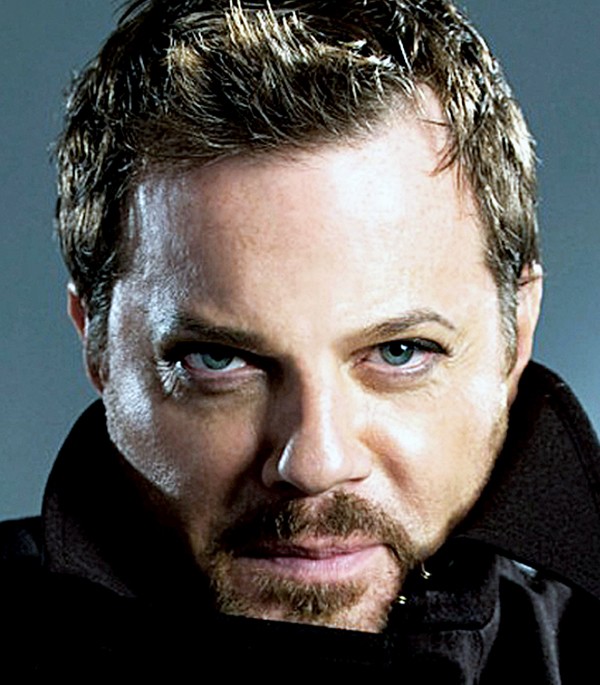 Amanda Searle
Amanda Searle 
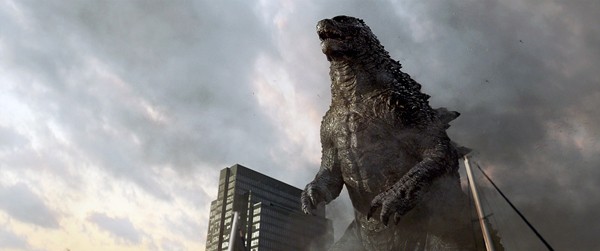
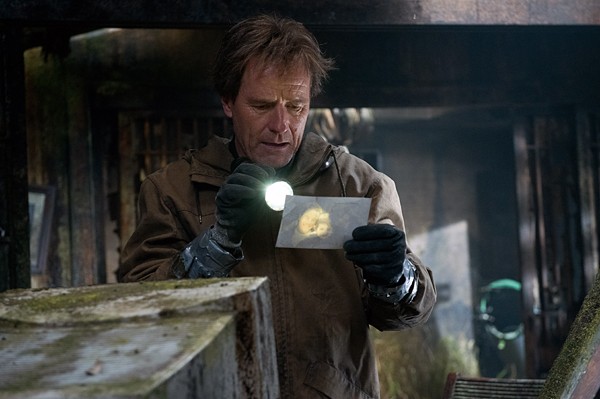
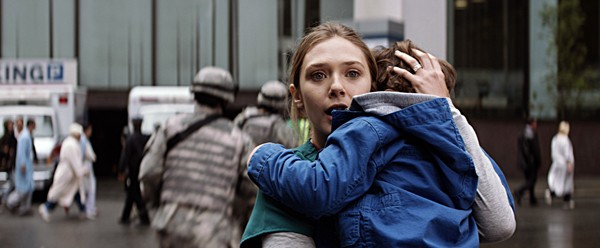
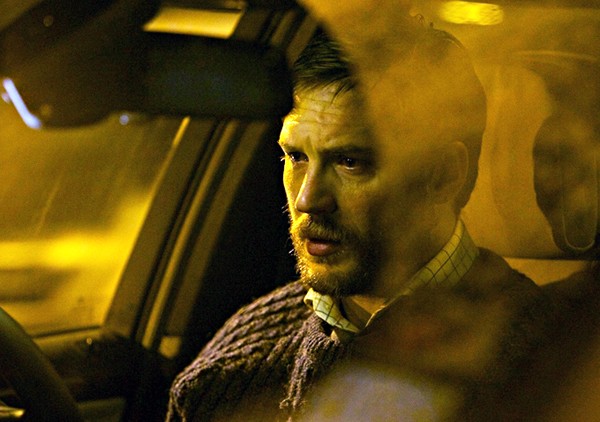


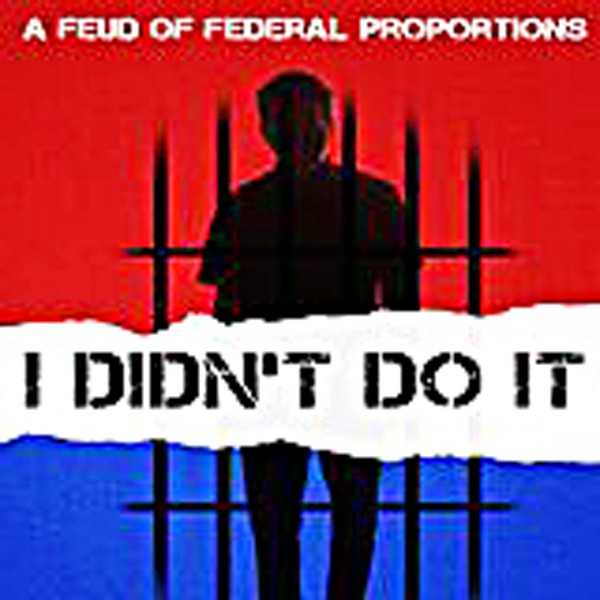
 Cherita Frison
Cherita Frison